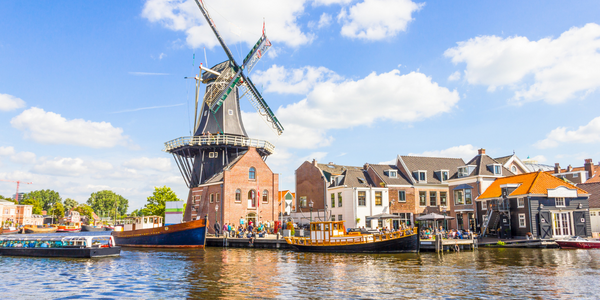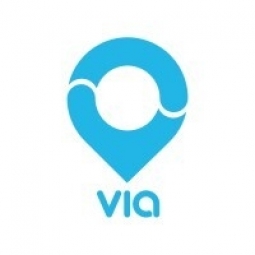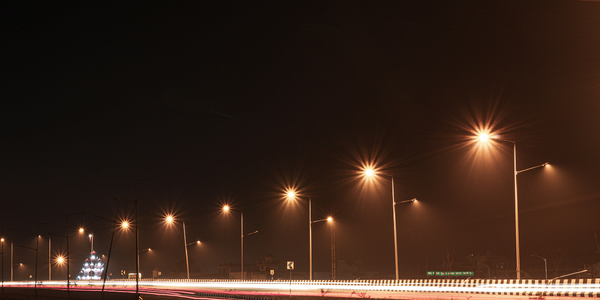Applicable Industries
- Cities & Municipalities
- Transportation
Use Cases
- Public Transportation Management
- Smart City Operations
About The Customer
The customers of Edmonton On Demand are the residents of the City of Edmonton, particularly those living in 30 communities and 18 large senior residences where the service was initially introduced. These include neighbourhoods such as Westridge — Rio Terrace- Quesnell Heights, Edgemont, and Big Lake — Northwest Industrial. The service is designed to provide more convenient connections to high-frequency routes and accessible transit to local destinations, catering to the diverse needs of the city's residents. The service has been particularly beneficial during the ongoing COVID-19 pandemic, providing reliable and timely transportation for residents.
The Challenge
The City of Edmonton, Canada, faced a significant challenge in overhauling its bus network for the first time since 1997. The goal was to bring more frequent service to heavily-trafficked corridors, reroute local bus routes, and introduce a new service, Edmonton On Demand, to bridge transit gaps in lower-density areas. The city aimed to provide more convenient connections to high-frequency routes and accessible transit to local destinations. The challenge was to implement this in 30 communities and 18 large senior residences. The city also had to deal with fluctuating community needs due to the ongoing COVID-19 pandemic response.
The Solution
In collaboration with Via and Calgary-based operator Pacific Western Transit, the City of Edmonton introduced on-demand transit in 2021. The service, Edmonton On Demand, has experienced steady growth since its launch in April 2021, with daily ridership peaking at around 1,400 nearly a year later. The on-demand trips are most concentrated in several neighbourhoods, including Westridge — Rio Terrace- Quesnell Heights, Edgemont, and Big Lake — Northwest Industrial. Riders can expect a trip within 30 minutes of their request and spend an average of just 12 minutes in the vehicle on the way to their destinations. The city has continued to tweak its transit offerings based on community needs and passenger input, and is exploring plans to expand the demand-responsive service to additional neighbourhoods requiring additional transit support.
Operational Impact
Quantitative Benefit

Case Study missing?
Start adding your own!
Register with your work email and create a new case study profile for your business.
Related Case Studies.

Case Study
Turning A Stadium Into A Smart Building
Honeywell created what it called the “intelligent system” for the National Stadium in Beijing, China, turning the venue for the opening and closing events at the 2008 Summer Olympics into a “smart building.” Designed by highly controversial artist Ai Weiwei, the “Bird’s Nest” remains one of the most impressive feats of stadium architecture in the world. The 250,000 square meter structure housed more than 100,000 athletes and spectators at a time. To accommodate such capacity, China turned to Honeywell’s EBI Integrated Building Management System to create an integrated “intelligent system” for improved building security, safety and energy efficiency.
.png)
Case Study
Smart Street Light Network (Copenhagen)
Key stakeholders are taking a comprehensive approach to rethinking smart city innovation. City leaders have collaborated through partnerships involving government, research institutions and solution providers. The Copenhagen Solutions Lab is one of the leading organizations at the forefront of this movement. By bringing together manufacturers with municipal buyers, the Copenhagen Solutions Lab has catalyzed the development and deployment of next-generation smart city innovations. Copenhagen is leveraging this unique approach to accelerate the implementation of smart city solutions. One of the primary focus areas is LED street lighting.

Case Study
Airport SCADA Systems Improve Service Levels
Modern airports are one of the busiest environments on Earth and rely on process automation equipment to ensure service operators achieve their KPIs. Increasingly airport SCADA systems are being used to control all aspects of the operation and associated facilities. This is because unplanned system downtime can cost dearly, both in terms of reduced revenues and the associated loss of customer satisfaction due to inevitable travel inconvenience and disruption.

Case Study
IoT-based Fleet Intelligence Innovation
Speed to market is precious for DRVR, a rapidly growing start-up company. With a business model dependent on reliable mobile data, managers were spending their lives trying to negotiate data roaming deals with mobile network operators in different countries. And, even then, service quality was a constant concern.

Case Study
Buoy Status Monitoring with LoRa
The Netherlands are well-known for their inland waterways, canals, sluices and of course port activities. The Dutch Ministry of Infrastructure indicates that there are thousands of buoys and fixed items in and near water environments that would profit from IoT monitoring. One of the problems with buoys for example, is that they get hit by ships and the anchor cable breaks. Without connectivity, it takes quite some time to find out that something has happened with that buoy. Not to mention the costs of renting a boat to go to the buoy to fix it. Another important issue, is that there is no real-time monitoring of the buoys at this moment. Only by physically visiting the object on the water, one gains insight in its status.








